JewelryLover
Shiny_Rock
- Joined
- Oct 16, 2012
- Messages
- 173
LD|1350824593|3289560 said:JewelryLover|1350823564|3289558 said:Just another question, I'll post it in this topic instead of opening a new one.
Can anyone of you see a difference between a Aquamarine and a Paraiba Tourmaline without testing it? If yes, please let me know how.
These are completely different gemstones. One is from the beryl family and the other is from the tourmaline family. An Aquamarine will never achieve the glow of a Paraiba Tourmaline and very rarely match the colour so IF you are experienced at looking at stones then, with these two stones, you're pretty much guaranteed to be able to see the difference. HOWEVER, I'm not sure how much you know about gemstones but it's absolutely impossible to tell much about gemstones just by looking - you need a lot of experience for this and know what to look for. A loupe is an essential item but even then you need to be able to "read" what you're seeing. This takes years of practice. There are threads on this if you search. Also some gemstones can look similar to others. In order to determine between the two you need gemological instruments that can test for RI, SG and, in some cases, very expensive large equipment that only the top labs possess! Not all labs are equal.
I have a feeling you're trying to learn (a good thing) but you need to understand it's like learning Latin. There's no quick way.
Thank you for the fast response
Hmm .. I've never been thinking about it ever before because I've been told all my life that's a natural aquamarine. But I were going through some inherited jewelry today and I found the gemstone to be incredibly blue and sparkly, I have never personally seen any matching aquamarine before (it might exist, but I haven't seen one by myself). It might be a Zirconia as well, I'm not sure when they started to use Zirconia in jewelry?
I know that Paraibas were discovered in the 80's but then I started to wonder "discovered in which way"? Discovered for the first time, or discovered as in the mix up with Ruby vs. Spinel, something they did think were the same type of gemstone but weren't.
I think I will send the gemstone to AGL for a gembrief just to see what this is. Just for fun. Only thing is if it get lost on the way there by the Post agencies, that would freak me out. The gemstone is probably from somewhere between 1900-1940's. Old European "diamond" cut, 2.36 carats.
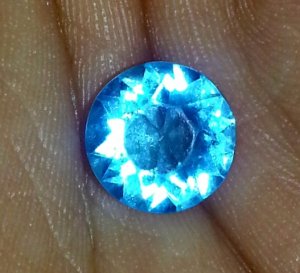
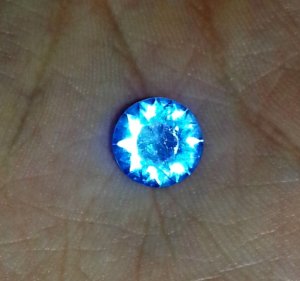
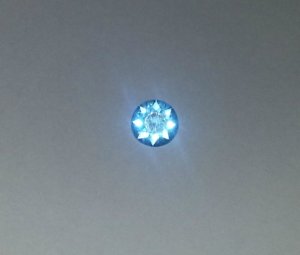

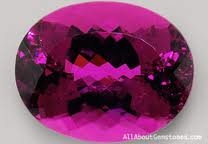
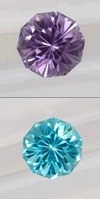
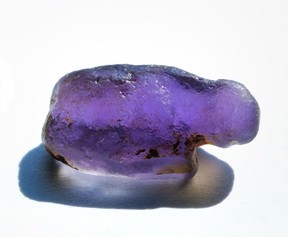
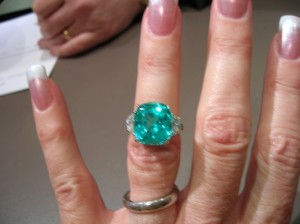
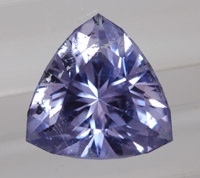
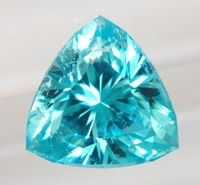
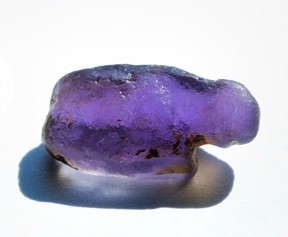
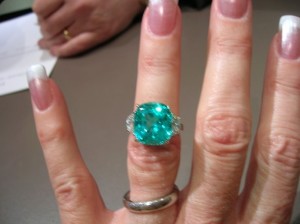
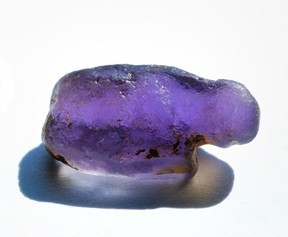
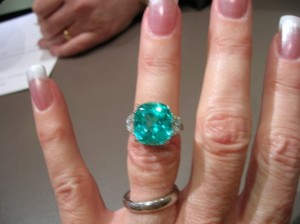
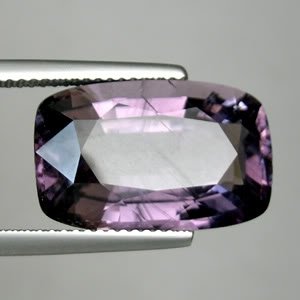
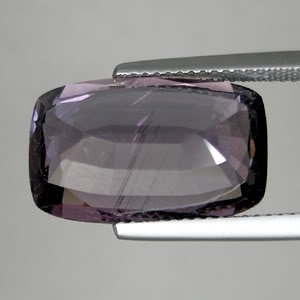
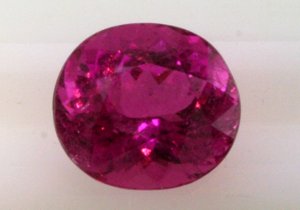
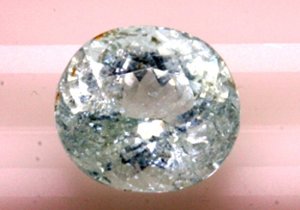


300x240.png)